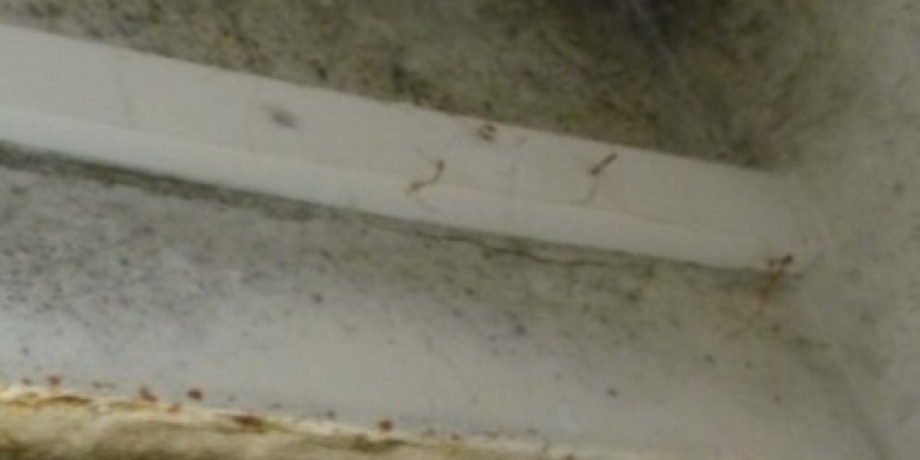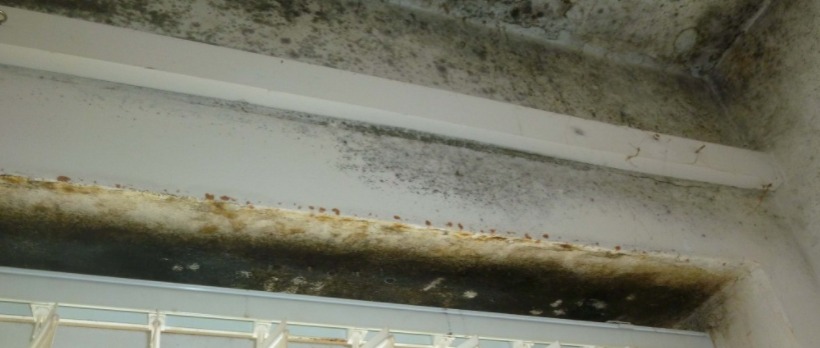Fighting Mould Growth with Insulation

How to Protect your Home from Potential Mould Problems

Mould growth is probably the most common problem in an average household, simply due to the fact that it is caused by a vast number of different factors that can cause it to appear in almost any part of your home. This only means that even if you have taken all the precautions, you can never be sure that in time you will have to deal with mould and its consequences, including not only building deterioration, but also health issues. However, this does not mean that you should not undertake all in your power to minimize the risk of it appearing in time. Well, probably the most important aspect of taking care of the problem is proper insulation, which is useful in more than one way and it will not only help you prevent mould problems but generally create a more comfortable environment within your home. This is why what follows are some basic guidelines for fighting mould growth with insulation.
First of all, you should know that mould can be generated in almost any environment, only if the conditions are right. It basically appears when warm air reaches some cold surface and cause condensation to appear which eventually enhances mould growth. Thus, mould will appear in highly humid conditions, higher temperatures and biodegradable materials, sustaining food. All this only indicates that fighting potential mould growth includes a number of different activities in almost every phase of construction, from rising up the foundation to refurbishment and insulation installation projects.
This is why it needs to be looked at as a complex problem that cannot be only partially dealt with. Although insulation is only one aspect in putting mould growth under control, it could easily be the most important one. Namely, properly installed insulation will regulate the inner temperature and prevent great temperature fluctuations which can further on cause an increase in the level of humidity. This way, insulation will prevent condensation and moisture from appearing, as perfect environments for mould growth. Bearing in mind some basic facts on mould growth and insulation, please note the following word of advice in regard to all the aspects you should keep in mind:
-
Probably the most important thing in fighting mould growth with insulation is choosing the right type of insulation, since not all insulation types have the same level of moisture resistance. Basically, some materials are much more susceptible to water penetration than others, meaning the some materials may require additional protection, unlike others. For example cellulose-based materials are a great food source for the mould and will degrade once they come in contact with excessive amounts of water. On the other hand, some insulation materials such as glass wool insulation are non-biodegradable and should be chosen whenever there is elevated risk of moisture appearing. Also bear in mind that certain insulation materials come with backing that may also support mould growth, if we are talking with paper backing for example. This means that you could nullify the positive effects of choosing a non-biodegradable material is it is joined with paper backing that will easily get wet and provide food for the mould. On the other hand, some insulation materials come with special vapour retardants that will prevent the moisture from freely going through the material and thus offer another level of protection when fighting mould with insulation.
-
When opting for an insulation material, always consider all the circumstances and conditions of the area being insulated. Namely, if you are considering adding insulation to some spaces that are subject to high traffic, then you will need some more solid and durable material that will not easily wear off, such as rigid insulation. Namely, if the insulation material is not able to withstand the imposed dynamics, it will deteriorate faster and thus allow the moisture building up, to penetrate the material and thus create an environment for mould growth.
-
It is extremely important to install the chosen insulation correctly when fighting mould growth. Basically, even the smallest gaps in insulation (if not installed correctly) can cause serious problems later on. The same goes for the volume of insulation. Always make sure to insulate your home (or at least its most vulnerable points) as much as you can. Otherwise, even choosing a moisture resistant and non-biodegradable insulation material will not help you fight mould growth since it will create a path for moisture and condensation to pass to the existing bio-degradable materials in your ceilings or wall for example.
-
We also believe that you should try to assemble a team when preventing potential mould problems that is consult the architect (in case you are just building up your home), insulation manufacturer, construction engineer and everyone else that may take part in your project in order of not only gaining all relevant information but also in order of creating an interrelated system that will function properly.
-
Do everything you can when fighting mould growth in the words of prevention. Just consider all the steps that will prevent or at least minimize the risk of mould growth. This may include preventing water intrusion, by for example protecting installed insulation from water penetration or by improving the air filtration system since this can reduce the amount porous materials and dust particles in the air.
For more info about insulation products contact Insulation London via email at info@insulationlondon.co.




























































































































